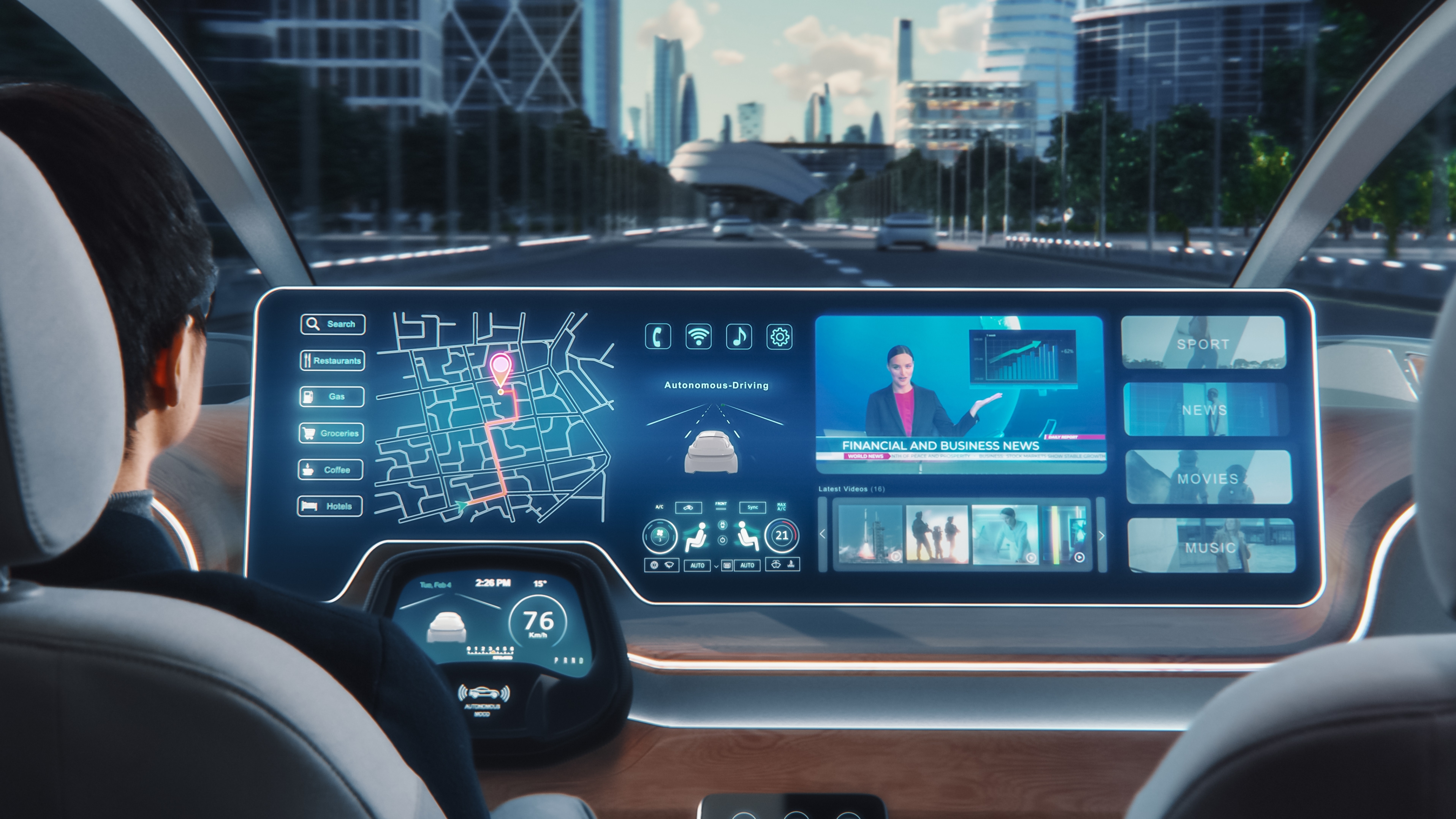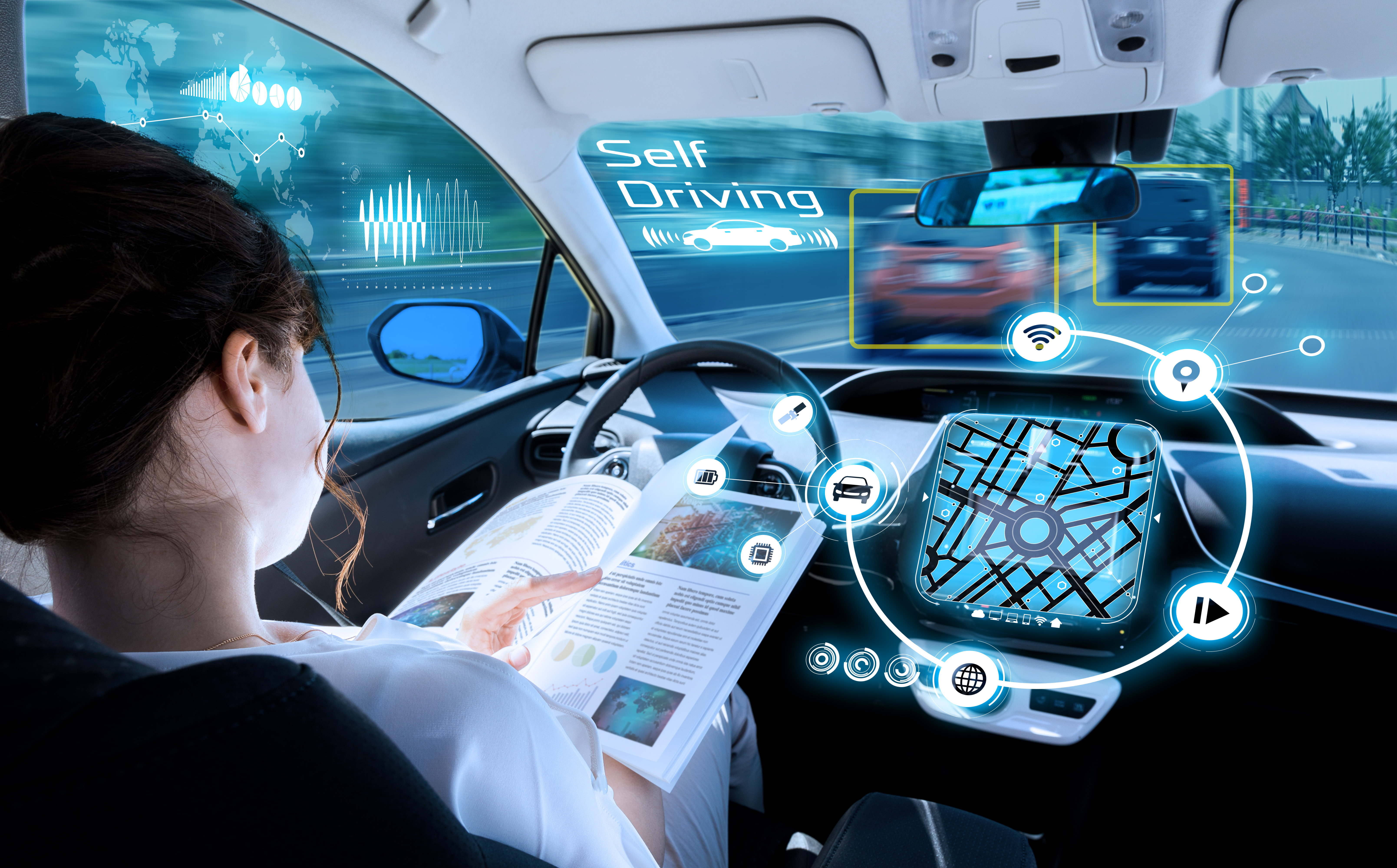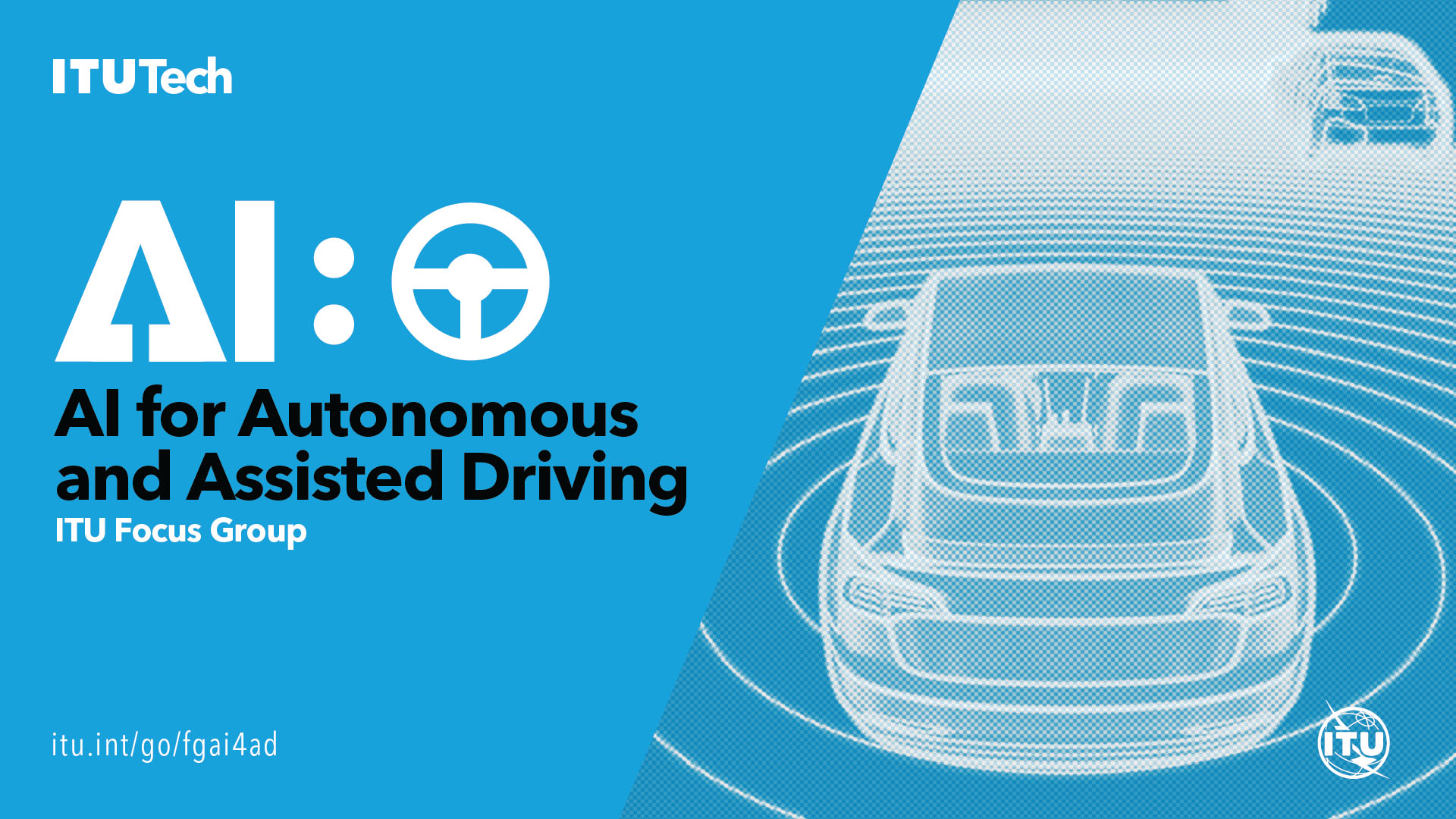Focusing on multimedia and automated driving, ITU-T Study Group 16 (SG16) develops international standards to catalyse the emergence of ITS applications worldwide.
SG16 activities related to ITS
Vehicle Gateway

A vehicle gateway is a device in vehicles that enables real-time, two-way communication between objects within and outside the vehicle (roadside station, cloud-based server, etc.). It provides inter alia standardized interfaces and protocols, communications across heterog network connections to maintain service continuity.
SG16 looks into vehicle gateways, offering Recommendations in both the functional and the service aspects of vehicle gateways to the industry.
Vehicular multimedia
Vehicular multimedia refers to the use of multimedia technologies and applications within vehicles, such as cars, buses, trucks, and trains. Its applications include information, entertainment, vehicle control, display, and telematic applications. Recent developments in vehicles, especially voice assistant, auditory interactions and smartphone infotainment assistant are also considered by SG16.
SG16 also standardises vehicular multimedia, aiming to provide technical standards for the development of the infotainment industry. The network infrastructure, service platform, and implementation aspects of vehicular multimedia are investigated by SG16.

AI for automated driving
Artificial intelligence (AI) can be integrated into driving systems to reduce the cost of manned driving, improve the driving efficiency of human drivers, and achieve safer and smarter transportation. With the support of vehicle gateway platforms, SG16 studies automated and remote driving. Over the years, SG16 published Recommendations on approaches to automated/remote driving and related requirements. SG16 is also studying ways to assess the performance and behaviour of AI systems responsible for driving vehicles. This work continues the FG-AI4AD efforts (see below), which also conceptualized "
The Molly Problem" which tackles the ethical challenge faced by companies in terms of their autonomous vehicles not being able to assure the elimination of all accidents.
Some SG16 deliverables for ITS
 FG-AI4AD
FG-AI4ADFG-AI4AD supported standardization activities for services and applications enabled by AI systems in autonomous and assisted driving, focusing on the behavioural evaluation of AI responsible for the dynamic driving task. FG-AI4AD aimed to create international harmonisation on the definition of a minimal performance threshold for these AI systems, such as AI as a Driver.
During its mandate
(17 October 2019 - 29 September 2022), three deliverables were published, which were transmitted to the ITU-T SG16 for consideration towards standardization:
-
FGAI4AD-01 "Automated driving safety data protocol – Specification"
-
FGAI4AD-02 "Automated driving safety data protocol – Ethical and legal considerations of continual monitoring"
-
FGAI4AD-03 "Automated driving safety data protocol – Practical demonstrators"
FG-VM was established to identify the need for new vehicular multimedia standards based on space and terrestrial network integration. FG-VM analyzed and identified gaps in the vehicular multimedia standardization landscape, and vehicular multimedia use cases, requirements, applications, interfaces, protocols, architectures, and security, leveraging from previous work done by ITU in this field.
During its mandate
(20 July 2018 - 1 September 2022), three deliverables were published, which were
transmitted to the ITU-T SG16 for consideration towards standardization: